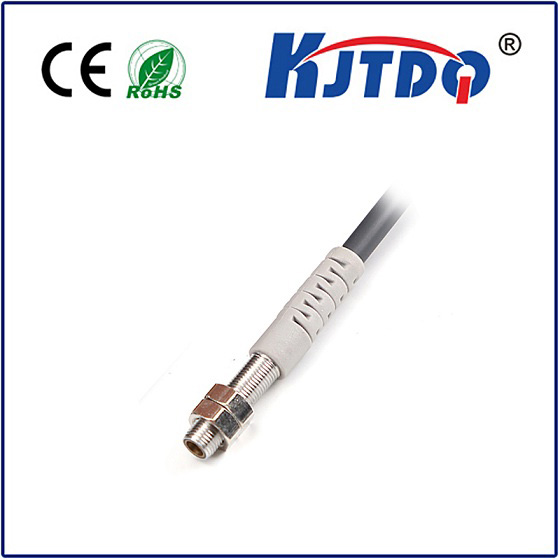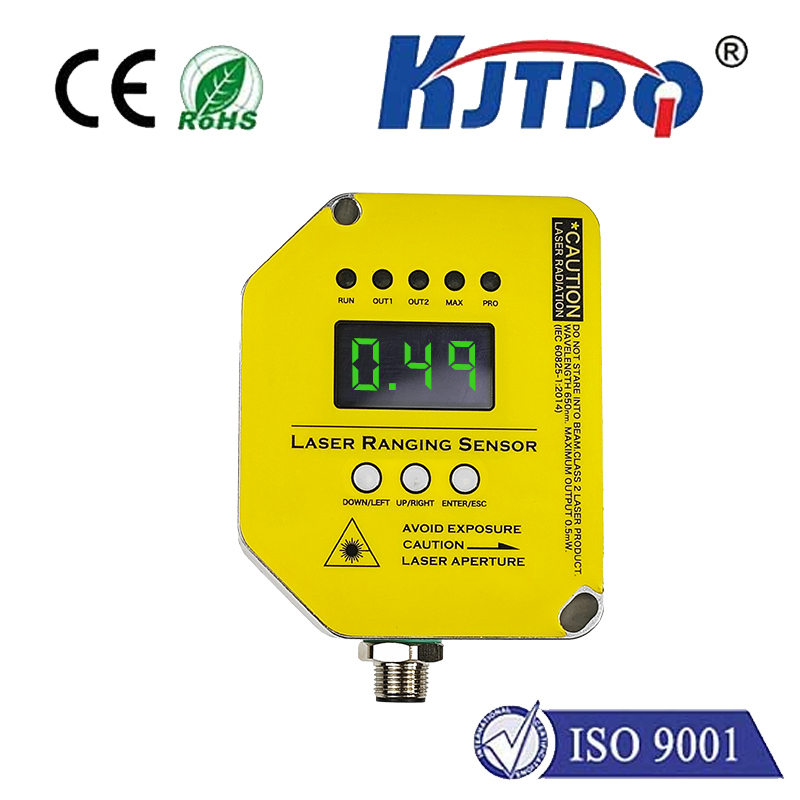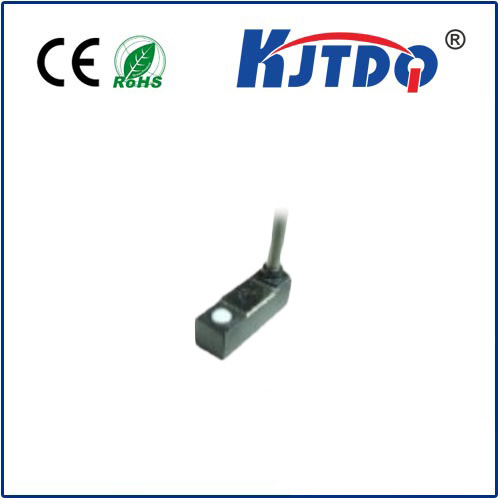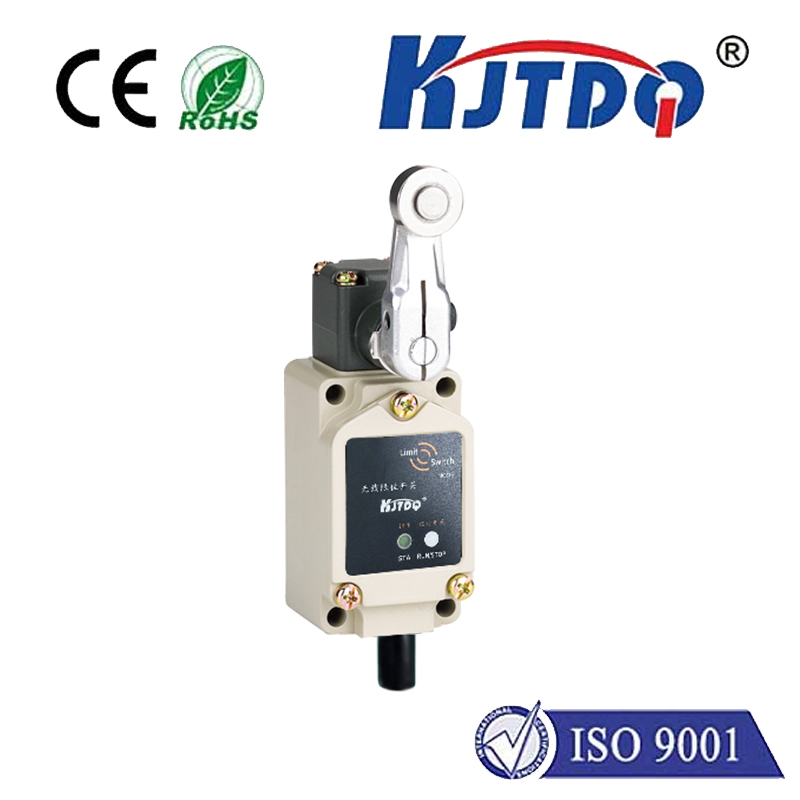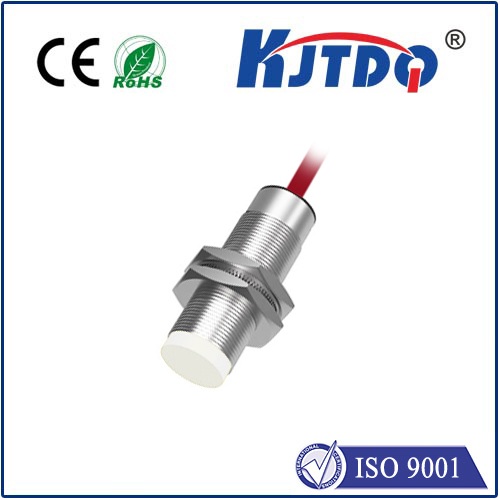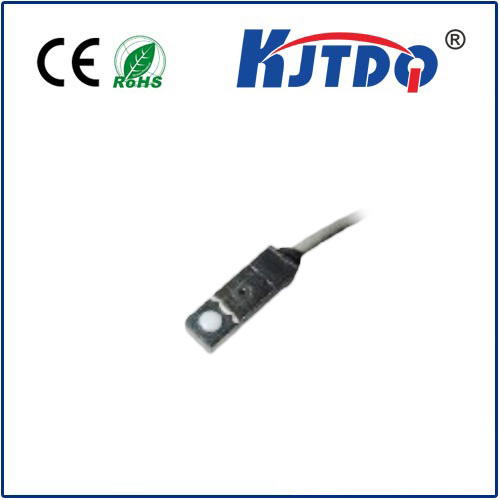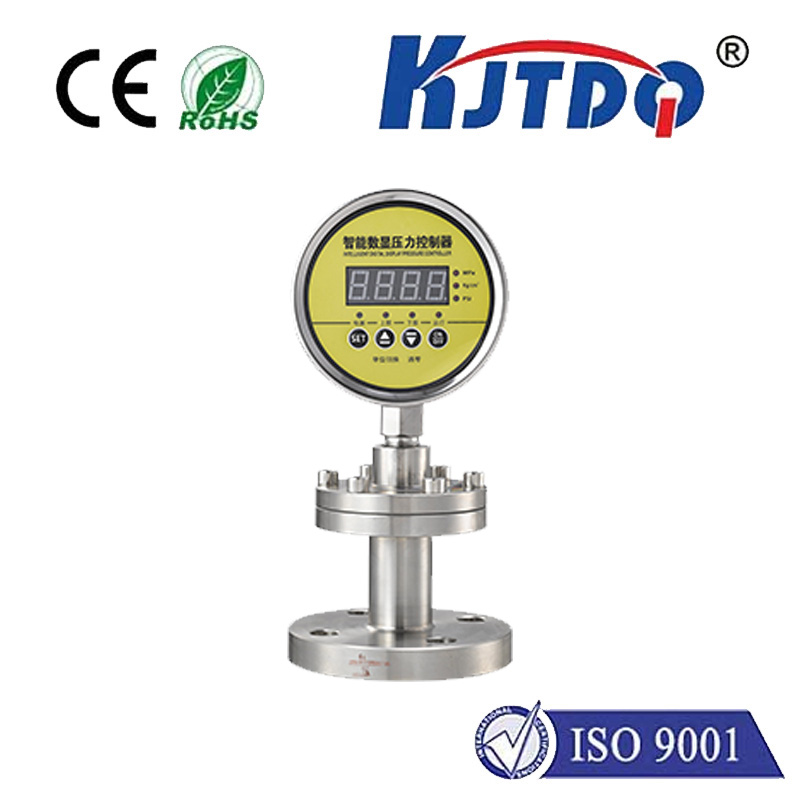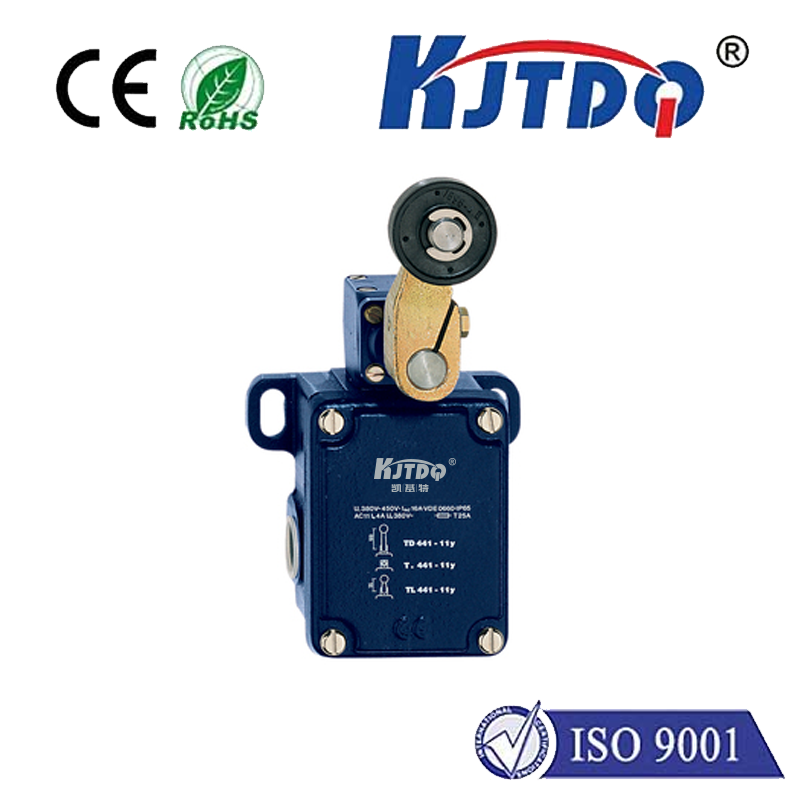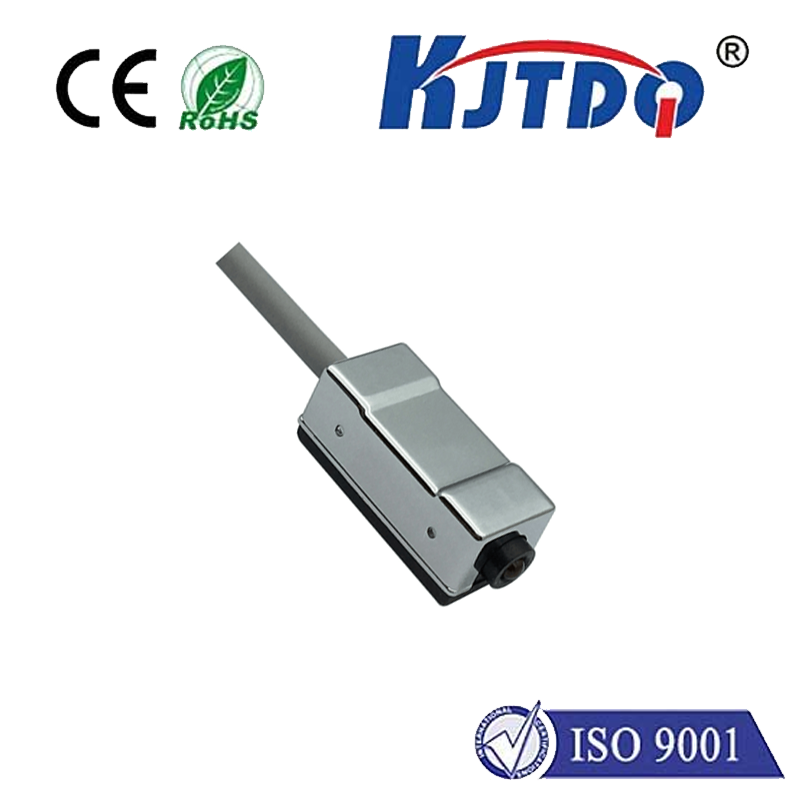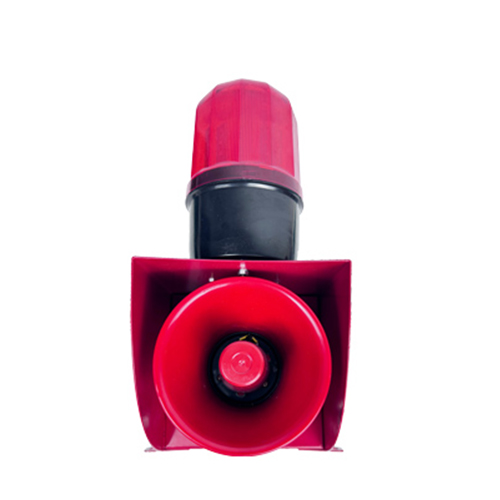

check

check

check

check
Proximity sensors are an essential component in a wide range of electronic devices, from smartphones to industrial automation systems. These small, yet powerful devices use electromagnetic or infrared technology to detect the presence or absence of objects. There are several types of proximity sensors available in the market, each with its unique features and applications. In this article, we will discuss the different types of proximity sensors and their applications.
1. Infrared Proximity Sensors
Infrared proximity sensors are the most common type of proximity sensor found in consumer electronics. They work by emitting IR light and measuring the time it takes for the light to bounce back after striking an object. The sensor then calculates the distance between the object and the sensor based on these bounce times.
Applications:
- Keyboards and touchpads in computers
- Mouse devices
- Motion detection in home security systems
- Proximity sensing in door locks and access control systems
- Gesture recognition in smartphones and tablets
2. Ultrasonic Proximity Sensors
Ultrasonic proximity sensors use high-frequency sound waves to measure the distance between two objects. When an object approaches the sensor, the sound waves reflect off the surface and return to the sensor, providing information about the object's distance.
Applications:
- Proximity sensing in automotive safety systems (e.g., forward collision warning)
- Industrial automation systems (e.g., machine monitoring and maintenance)
- Asset tracking in logistics and supply chain management
- Health care applications (e.g., monitoring vital signs)
- Distance measuring in scientific research and experimentation
3. Capacitive Proximity Sensors
Capacitive proximity sensors use the capacitance principle to detect the presence of an object. They work by measuring the electrical charge on two parallel plates separated by a small gap. When an object approaches the gap, it causes a change in the charge distribution, leading to a signal output from the sensor.
Applications:
- Proximity sensing in industrial automation systems (e.g., position control and monitoring)
- Medical applications (e.g., detecting heart rate variability)
- Environmental sensing (e.g., monitoring air quality)
- Asset tracking in logistics and supply chain management
- Gesture recognition in augmented reality systems
In conclusion, proximity sensors play a crucial role in various fields, from consumer electronics to industrial automation and healthcare applications. Each type of proximity sensor has its unique advantages and limitations, making it essential to choose the right sensor for a specific application. By understanding the different types of proximity sensors and their applications, we can make informed decisions when selecting and using these devices in our projects.
